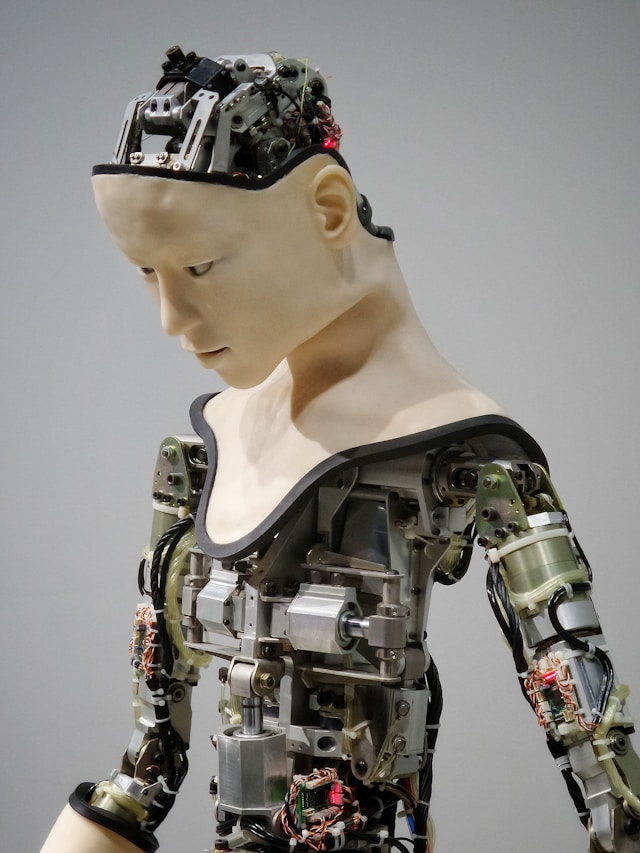Bias and Fairness
One of the most pressing issues in ML is the problem of bias. Algorithms trained on historical data can inadvertently perpetuate and amplify existing prejudices if the data reflects past inequalities. For instance, facial recognition technologies have faced criticism for higher error rates with certain demographics due to underrepresentation in training datasets. Ensuring fairness requires active measures to detect and correct bias, which includes diversifying data and implementing fairness-aware algorithms.
Privacy Concerns
Privacy is another significant ethical challenge in ML. Systems that predict and influence behavior based on personal data collection can lead to privacy erosion if not managed correctly. Ensuring data anonymization, securing user consent, and providing transparency about data usage are crucial steps in safeguarding privacy.
Regulations
Regulatory frameworks are essential in guiding the ethical use of ML. In the European Union, the General Data Protection Regulation (GDPR) provides guidelines on data protection and privacy, including the right for individuals to not be subject to a decision based solely on automated processing. Similar regulations are being considered globally, reflecting a growing consensus on the need for legal standards that ensure AI technologies are used ethically.
Conclusion
The development of ethical ML systems is not just a technical challenge but a moral imperative. By addressing issues like bias, fairness, privacy, and regulatory compliance, the tech community can help ensure that ML technologies enhance societal well-being without undermining ethical values. The future of ML depends not only on advances in technology but also on our ability to govern its use wisely.







